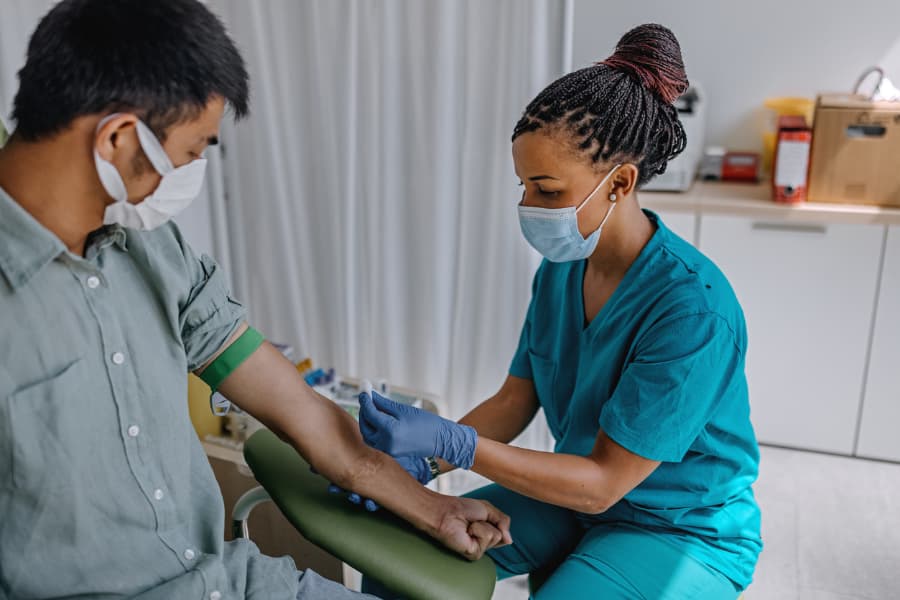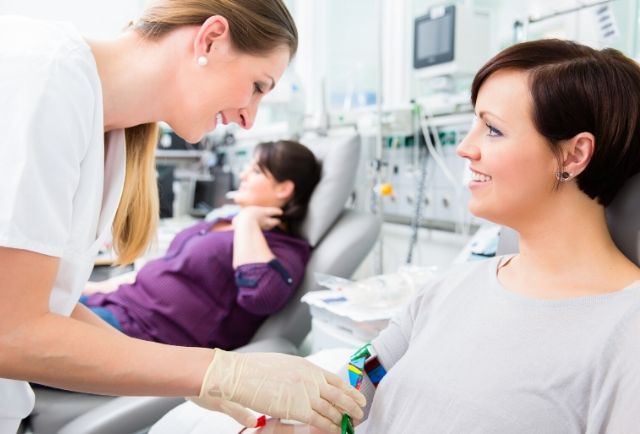The Ultimate Guide To Northeast Medical Institute - New Haven Campus Phlebotomy Course & Cna Class
The Ultimate Guide To Northeast Medical Institute - New Haven Campus Phlebotomy Course & Cna Class
Blog Article
Some Ideas on Northeast Medical Institute - New Haven Campus Phlebotomy Course & Cna Class You Should Know
Table of ContentsSome Known Questions About Northeast Medical Institute - New Haven Campus Phlebotomy Course & Cna Class.Some Known Incorrect Statements About Northeast Medical Institute - New Haven Campus Phlebotomy Course & Cna Class Little Known Facts About Northeast Medical Institute - New Haven Campus Phlebotomy Course & Cna Class.Little Known Questions About Northeast Medical Institute - New Haven Campus Phlebotomy Course & Cna Class.Some Ideas on Northeast Medical Institute - New Haven Campus Phlebotomy Course & Cna Class You Need To KnowThings about Northeast Medical Institute - New Haven Campus Phlebotomy Course & Cna Class
However, the usage of such gadgets should be gone along with by other infection avoidance and control practices, and training in their use. Not all safety devices apply to phlebotomy. Before selecting a safety-engineered tool, users need to extensively explore available tools to determine their appropriate usage, compatibility with existing phlebotomy practices, and efficacy in securing team and clients (12, 33).For setups with reduced resources, price is a driving factor in purchase of safety-engineered devices. Where safety-engineered devices are not available, skilled usage of a needle and syringe is appropriate.
Among the vital markers of quality of treatment in phlebotomy is the participation and teamwork of the person; this is mutually valuable to both the health and wellness employee and the individual. Clear info either created or spoken ought to be readily available to each individual who goes through phlebotomy. Annex F provides sample message for discussing the blood-sampling treatment to an individual. labelling); transport conditions; interpretation of outcomes for medical administration. In an outpatient department or clinic, provide a committed phlebotomy cubicle containing: a tidy surface with 2 chairs (one for the phlebotomist and the other for the person); a hand wash basin with soap, running water and paper towels; alcohol hand rub. In the blood-sampling area for an outpatient division or clinic, offer a comfortable reclining couch with an arm rest.
What Does Northeast Medical Institute - New Haven Campus Phlebotomy Course & Cna Class Do?
Make sure that the signs for blood sampling are plainly defined, either in a written procedure or in documented guidelines (e.g. in a laboratory form). In any way times, comply with the methods for infection avoidance and control noted in Table 2.2. Infection prevention and control techniques. Gather all the tools needed for the treatment and place it within risk-free and very easy reach on a tray or cart, making sure that all the items are clearly noticeable.
Where the person is adult and conscious, comply with the steps detailed listed below. Present on your own to the person, and ask the individual to mention their complete name. Examine that the laboratory form matches the client's identity (i.e. match the individual's information with the research laboratory type, visit the site to make certain accurate recognition). Ask whether the license has allergic reactions, phobias or has ever passed out during previous injections or blood attracts.
Make the individual comfy in a supine setting (if possible). The patient has a right to refuse a test at any time prior to the blood tasting, so it is essential to ensure that the person has actually recognized the treatment - Phlebotomy Courses.
The 5-Minute Rule for Northeast Medical Institute - New Haven Campus Phlebotomy Course & Cna Class
Prolong the patient's arm and inspect the antecubital fossa or forearm. Locate a vein of a great dimension that is noticeable, straight and clear.
DO NOT place the needle where veins are drawing away, due to the fact that this increases the possibility of a haematoma. Situating the vein will assist in determining the correct dimension of needle.
Haemolysis, contamination and visibility of intravenous fluid and medication can all change the outcomes (39. Nursing staff and physicians might access main venous lines for samplings adhering to procedures. Specimens from main lines lug a risk of contamination or erroneous laboratory examination results. It serves, however not suitable, to draw blood samplings when first introducing an in-dwelling venous gadget, before attaching the cannula to the intravenous fluids.
Northeast Medical Institute - New Haven Campus Phlebotomy Course & Cna Class Fundamentals Explained
Failure to enable enough contact time enhances the danger of contamination. DO NOT touch the cleaned up site; in specific, DO NOT put a finger over the capillary to direct the shaft of the subjected needle.
Ask the client to develop a clenched fist so the capillaries are much more famous. Go into the blood vessel promptly at a 30 level angle or less, and remain to introduce the needle along the blood vessel at the most convenient angle of access - PCT Training. Once enough blood has actually been accumulated, release the tourniquet prior to withdrawing the needle
About Northeast Medical Institute - New Haven Campus Phlebotomy Course & Cna Class
Take out the needle gently and use gentle stress to the site with a clean gauze or completely dry cotton-wool sphere. Ask the client to hold the gauze or cotton woollen in position, with the arm expanded and raised. Ask the individual NOT to flex the arm, since doing so creates a haematoma.

Northeast Medical Institute - New Haven Campus Phlebotomy Course & Cna Class Can Be Fun For Anyone
Where possible, keep the tubes in a shelf and relocate the shelf in the direction of you - https://medium.com/@gordonmarvin28/about. If the sample tube does not have a rubber stopper, infuse exceptionally slowly right into the tube as decreasing the pressure and velocity made use of to move the specimen lowers the threat of haemolysis.

Report this page